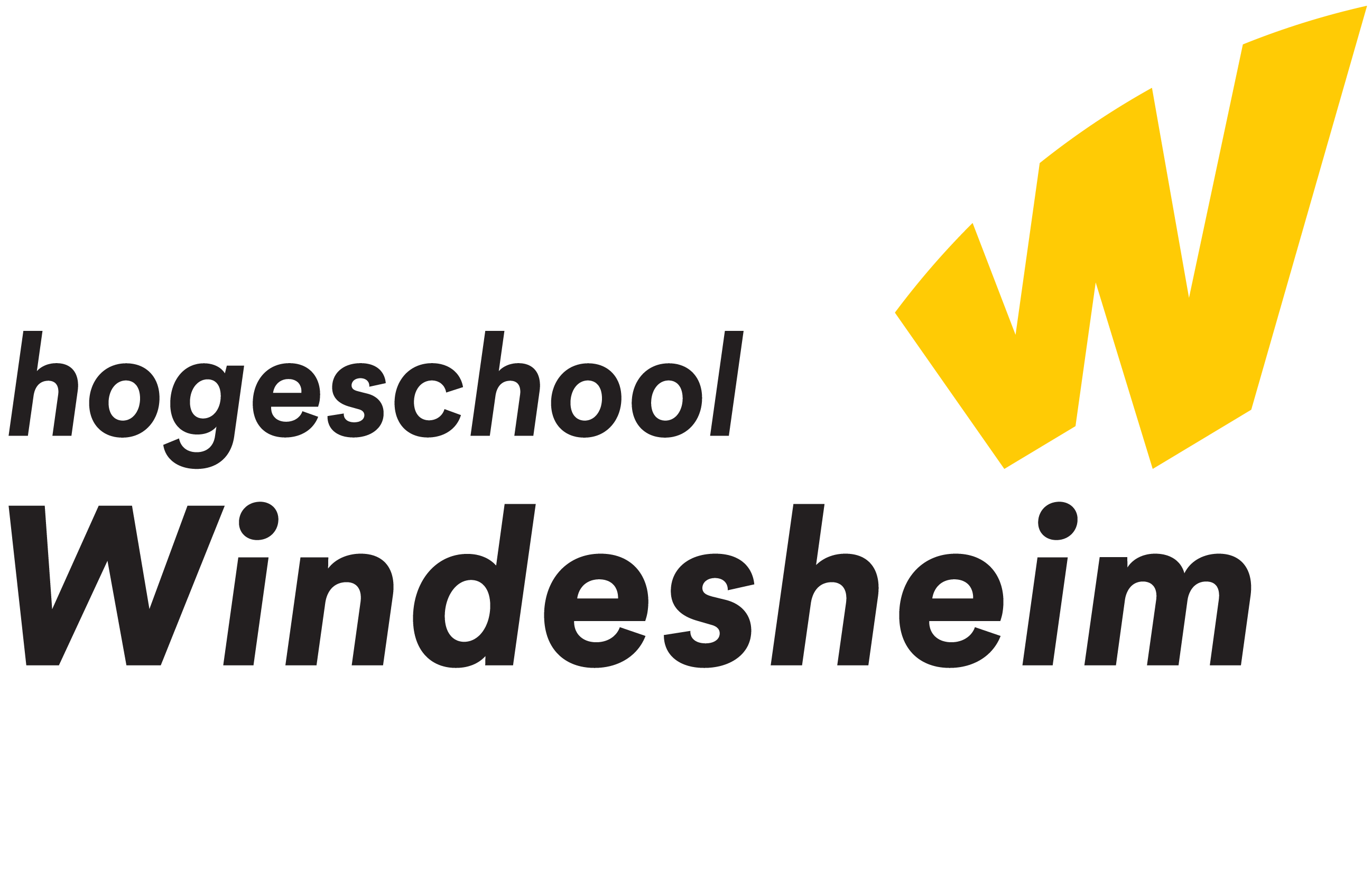Who says that the Netherlands are subsiding?
Towards a taxonomy of governance arrangements for geodetic deformation measurementsWho says that the Netherlands are subsiding?
Towards a taxonomy of governance arrangements for geodetic deformation measurementsSamenvatting
This paper is concerned with the governance of geodetic deformation measurements. If we
want to know if and how fast a country, or parts of it, are subsiding or rising, who decides
that it should be measured and how is the methodology determined? What interests are at
stake? How is the proper use and innovation of geodetic methods guaranteed?
To be able to answer such and similar questions, a prelude to a taxonomy of governance arrangements
for geodetic deformation measurements is presented. Relevant aspects of activities
to measure deformations are incorporated into a system to describe governance arrangements.
By interviewing nine experts in the field of geodetic deformation measurements in the Netherlands,
the activities of companies, institutions and other structures that are concerned with
geodetic deformation measurements were analysed, which provided the information to build
a system that provides the basis for a taxonomy, which needs further validation in future
research.
| Organisatie | |
| Afdeling | |
| Jaar | 2011 |
| Type | |
| Taal | Engels |





























